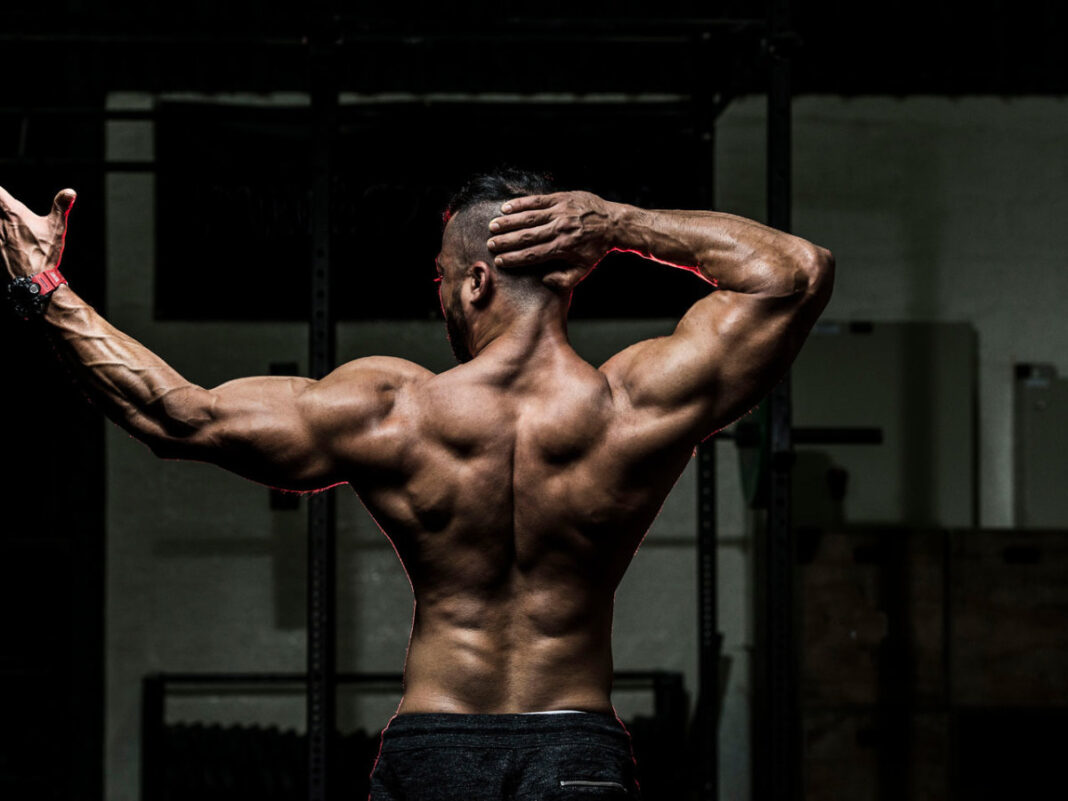Why Am I Working Out But Not Gaining Muscle?
Building muscle can be a frustrating process, especially when it feels like your efforts in the gym aren’t paying off. Many people dedicate time to strength training but see little progress in muscle size or strength.
If you’re wondering why you’re not gaining muscle despite working out consistently, several factors could be at play.
From workout frequency and exercise selection to nutrition and recovery, let’s break down the common reasons for stalled muscle growth and how to optimize your routine for better results.
Is Lifting Weights Three Times a Week Enough to Build Muscle?
Lifting weights three times a week can be enough to build muscle, but it depends on how you structure your workouts, your training intensity, and your recovery.
Muscle growth, also known as hypertrophy, occurs when muscle fibers experience stress and repair themselves stronger than before.
If you train three times a week with proper intensity, progressive overload, and sufficient recovery, you can absolutely see muscle gains.
However, if you’re not progressing in your workouts—meaning increasing weight, reps, or intensity over time—you may hit a plateau.
The key is to ensure that each session provides enough stimulus for muscle adaptation. Compound movements like squats, deadlifts, bench presses, and rows should form the foundation of your training program to maximize muscle growth efficiently.

What Exercises Don’t Build Muscle?
Not all exercises are equally effective for building muscle. Some movements may help with flexibility, endurance, or mobility but won’t significantly contribute to hypertrophy.
- Steady-State Cardio – While beneficial for cardiovascular health, long-distance running or cycling doesn’t promote significant muscle growth. In some cases, excessive cardio can even interfere with muscle-building efforts by increasing caloric expenditure and limiting strength adaptations.
- Light Resistance with No Progression – Exercises done with very light weights and no progressive overload (such as endless reps with tiny dumbbells) won’t stimulate muscle growth. Muscles need to be challenged to adapt.
- Isolated Stretching or Mobility Work – Stretching and mobility drills are crucial for injury prevention and flexibility but don’t directly contribute to muscle mass gains. They should complement, not replace, resistance training.
What Are the Three Triggers for Muscle Growth?
Muscle growth doesn’t happen by accident—it’s the result of three key factors that need to be consistently addressed:
Mechanical Tension – This refers to the force placed on muscles during resistance training. Heavy lifting with proper form creates mechanical tension that signals the body to repair and grow muscle fibers. Progressive overload—gradually increasing weight or resistance—is crucial for continued growth.
Muscle Damage – Intense workouts cause microscopic tears in muscle fibers, which the body repairs and strengthens. This process is why post-workout soreness is common. While some muscle damage is necessary for growth, excessive soreness can indicate overtraining or poor recovery.
Metabolic Stress – The “burn” felt during high-rep sets is caused by metabolic stress, which contributes to muscle hypertrophy. Techniques like drop sets, supersets, and time under tension (slow eccentric movements) can increase metabolic stress and stimulate muscle growth.
Balancing these three factors—lifting heavy enough to create tension, training intensely to induce muscle damage, and incorporating techniques that enhance metabolic stress—will ensure optimal muscle development.
At What Age Is It Harder to Grow Muscle?
Muscle growth is influenced by age, with peak muscle-building potential typically occurring between the late teens and early 30s. After this, it becomes progressively harder to gain and maintain muscle mass due to hormonal changes, particularly a decline in testosterone and growth hormone levels.
By the age of 40, muscle protein synthesis slows down, and by 50 or 60, sarcopenia (age-related muscle loss) begins to accelerate.
However, this doesn’t mean building muscle is impossible—it just requires more attention to recovery, nutrition, and resistance training.
Older individuals can still build muscle effectively by prioritizing strength training, consuming enough protein, and ensuring adequate rest and recovery.

How to Overcome Muscle Growth Plateaus
If you’re working out consistently but not seeing results, consider these factors:
Increase Intensity – Ensure you’re progressively overloading your muscles by increasing weight, reps, or workout difficulty.
Optimize Nutrition – Eating enough protein and calories is essential. Aim for at least 0.7 to 1 gram of protein per pound of body weight daily.
Prioritize Recovery – Muscles grow during rest, not during workouts. Make sure you’re getting enough sleep and allowing muscles adequate recovery time.
Limit Excessive Cardio – Too much cardio can interfere with muscle growth by burning excess calories and causing muscle breakdown.
Vary Your Workouts – Change exercises, rep ranges, and techniques to keep muscles adapting.
Building muscle takes time, patience, and a well-structured approach. If you’re not gaining muscle despite working out, reassess your training program, nutrition, and recovery habits. Lifting three times a week can be enough if your workouts are intense and progressive.
Avoid ineffective exercises that don’t contribute to hypertrophy, and focus on the three triggers of muscle growth—mechanical tension, muscle damage, and metabolic stress.
Finally, remember that age can make muscle-building more challenging, but with the right strategies, anyone can achieve strength and muscle gains at any stage of life.



